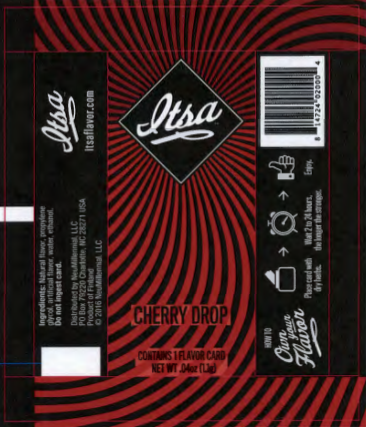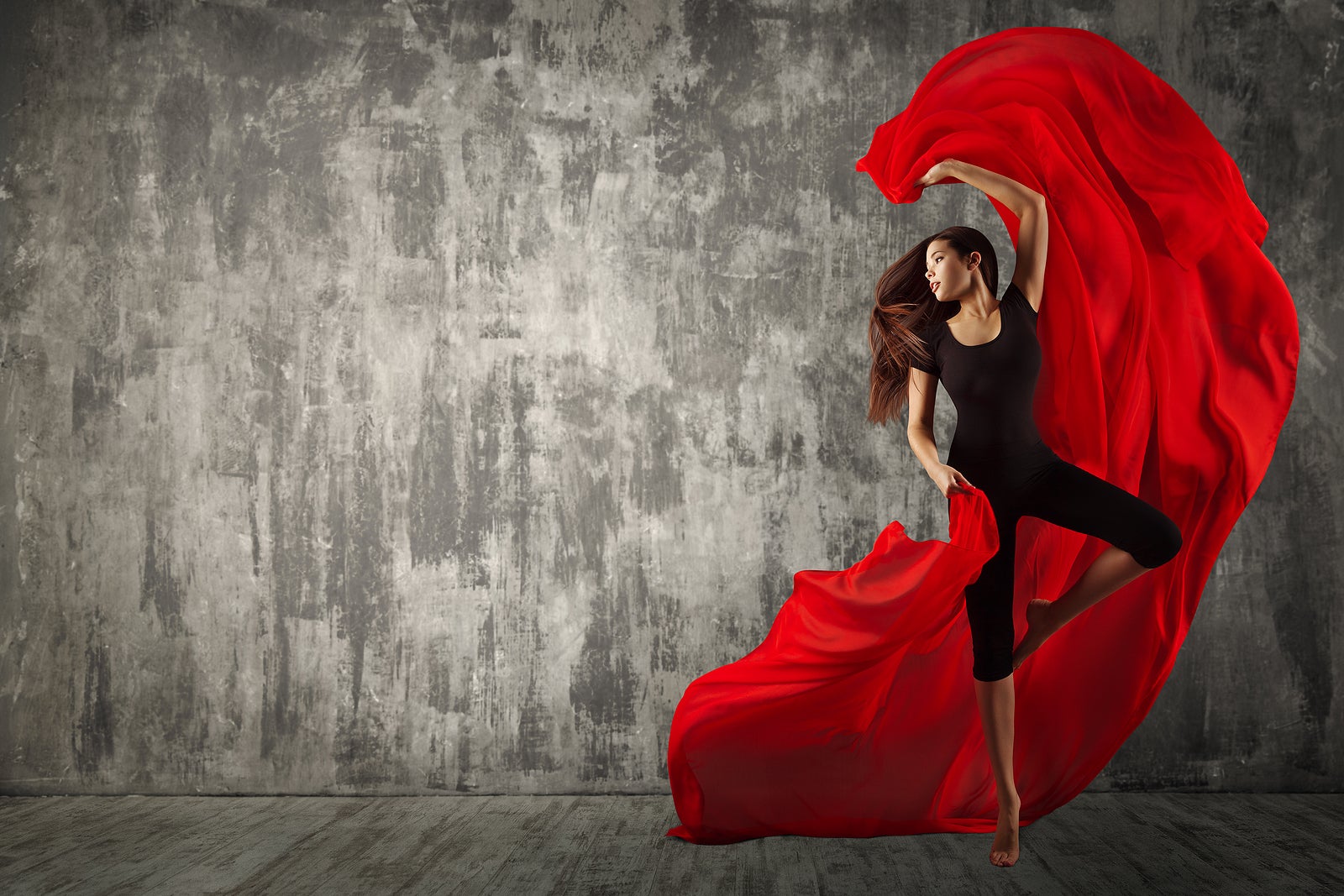
Copyright law typically protects original works of authorship fixed in a tangible medium of expression against copying. As such, traditional examples of copyrightable subject matter have included books, motion pictures, sound recordings, paintings, and sculptural works. However, copyright is also applicable in certain “special cases”, such as product branding, websites and choreography.

Woman Ballerina Dance with Red Silk Fabric, Modern Sport Ballet Dancer. Fluttering Waving Cloth. Dancing Young Girl over Gray Background
Choreographic Copyrights
With the rise of social media-inspired dance challenges and recent video game litigation, there’s been increasing interest in this specialized field. According to Copyright Office guidelines, simple gestures, ordinary athletic movements, social dances and routines not performed by humans are all excluded due to their lacking minimal artistic originality.
Having been performed by others over the years, the so-called “Moonwalk”, as popularized by Michael Jackson in the 1980s is one such example of the above. Instead, the choreographic work being submitted for copyright registration needs to represent a series of movements, particularly as part of a routine, but not necessarily telling a story, although that element is also considered helpful. For instance, the entire “Single Ladies” dance sequence was granted copyright registration just last year.
As for the “fixation” requirement, the Copyright Office will accept video recordings, dance notation, written descriptions, drawings, and photographs. Again, copyright is automatic upon fixation although applying for registration does confer certain benefits, such as, prima facie proof of ownership and eligibility for statutory damages. Also, registration is required for bringing a lawsuit for copyright infringement although courts have ‘danced’ around these various issues ever since choreography was added to the Copyright Act of 1976.
Digital Copyrights
While trademark protection of brand names, logos and related corporate identity often makes more sense in the context of websites, sometimes it’s worthwhile to apply for copyright registration as well. Original screen displays could be claimed as works of visual art under the Copyright Act. Protecting original audio and video content, such as podcasts, as sound recordings, and/or works of the performing arts is another option. Finally, registering one’s written content, including blog entries and transcripts, as textual works is also recommended.
Meanwhile, on the back-end, source code and indirectly, screen displays, are commonly registered as a specific form of textual work, particularly if the website also functions as a computer program or software application, including video games and virtual reality. As always, authorship is key since a work is only considered ‘made for hire’ under a few special circumstances or when created within an employment context. So if any of the above has been produced by an independent software developer, that contractor will automatically own copyright, and ownership should then be assigned via written agreement and preferably recorded with the Copyright Office prior to applying for registration.
Branding Copyrights
Finally, here’s a hybrid category of special interest to advertising agencies, brand managers, and graphic designers. While establishing secondary meaning is typically required for trademark registration of product configurations and packaging designs, copyright regulations are somewhat less stringent. However, there is a requirement of ‘originality’ or sufficient copyrightable subject matter. For that reason, registration may initially be denied.
As seen in the example below, included in a recent Copyright Office Review Board decision, it was determined upon appeal that copyright would, in fact, be granted for the Itsa Packaging Design. However, when Adidas appealed refusal of copyright registration for its 3-Bars logo, that denial was affirmed. According to various filed pleadings and Copyright Office records, Coach, Inc. owns at least the following copyrights for various logos and branded assets: “Legacy Stripe” design (VAu000704542), “Signature C” design (VA0001228917), “Op Art” design (VA0001694574), “Coach Horse & Carriage Logo” design (VA1000714051), “Tattersall” design (VA1000723169), and “Scribble” design (VA1000748910). Of course with copyright there’s the additional advantage of statutory damages, so that has often served them well as plaintiff, coupled with their massive trademark portfolio. We also see the same strategy employed by owners in the branded character space, utilizing both trademark and copyright to protect their assets.
 So as all the above examples illustrate, copyright offers many worthwhile use cases, beyond the more traditional subject matter, and should be a vital part of every IP practitioner’s legal toolkit.
So as all the above examples illustrate, copyright offers many worthwhile use cases, beyond the more traditional subject matter, and should be a vital part of every IP practitioner’s legal toolkit.
1646 Views












